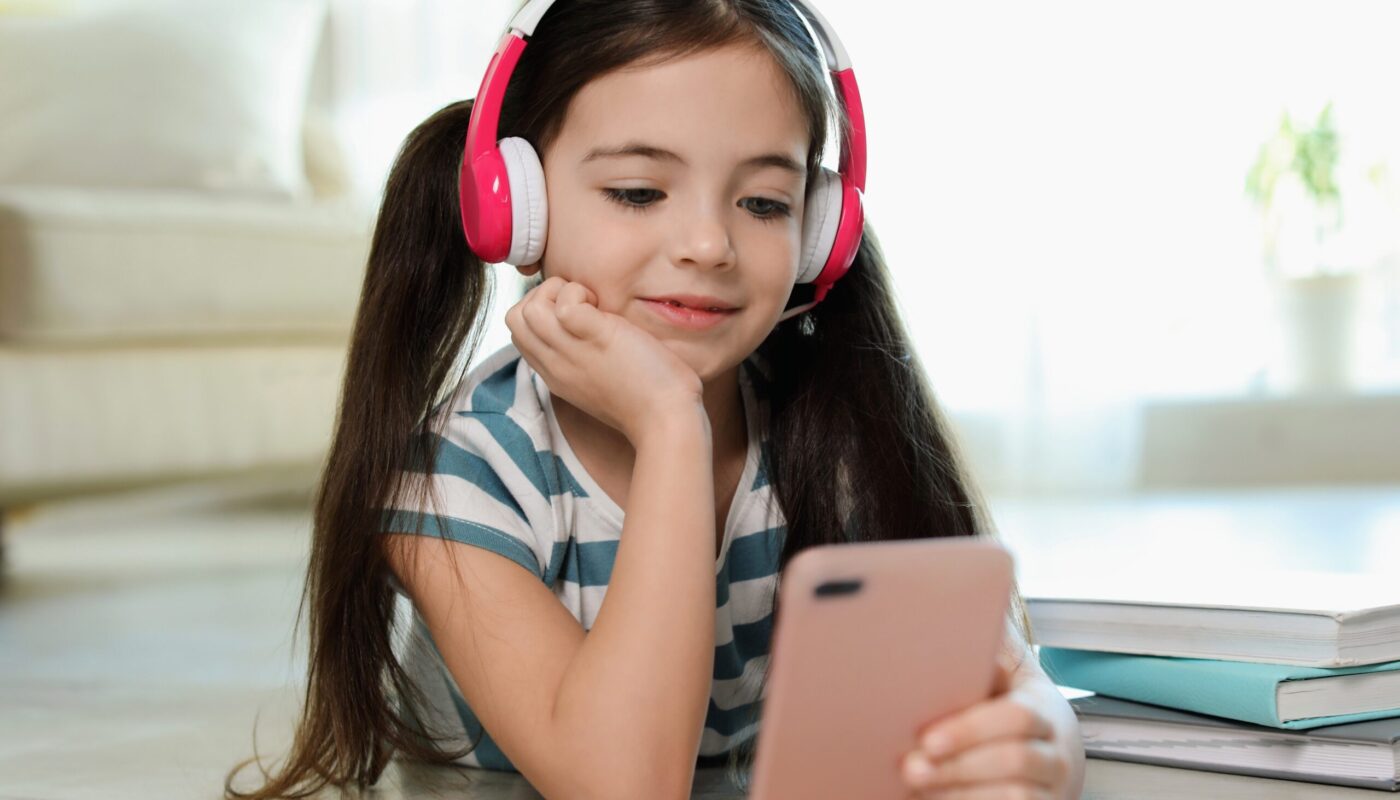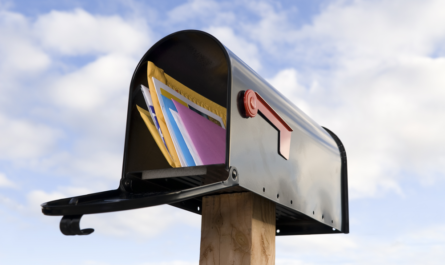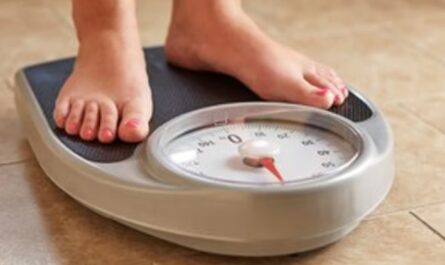The prevalence of young children using headphones and earbuds is on the rise, potentially putting them at risk of noise-related health problems, according to the University of Michigan Health C.S. Mott Children’s Hospital National Poll on Children’s Health. While it may not come as a surprise to see teenagers immersed in their personal audio devices, the poll reveals that two-thirds of parents have children aged 5-12 who use these devices, with half of parents of children aged 5-8 reporting their young ones engaging with these gadgets.
Dr. Susan Woolford, a pediatrician and co-director of the Mott poll, highlights the concerning trend of younger children being exposed to intense noise from headphones and earbuds on a regular basis. While noise-related risks for children have typically been associated with loud events like concerts or fireworks, the excessive use of listening devices poses a new threat that parents may underestimate.
The American Academy of Pediatrics has issued a statement emphasizing the need to reduce noise risks to children, given the mounting evidence of the potential harm caused by personal listening devices. Prolonged exposure to high volumes of noise can lead to long-term health issues such as hearing loss and tinnitus, particularly in young children whose auditory systems are still developing.
The poll findings also indicate that children primarily use these devices at home, school, and in the car, with some occasional use during air travel. While many parents believe that headphones and earbuds help keep their children entertained, it’s crucial to be mindful of the potential consequences of excessive usage.
To mitigate the negative impact of audio device usage, Dr. Woolford recommends following the 60/60 rule, which suggests limiting children to no more than 60 minutes of device usage per day at no more than 60% of the maximum volume. Additionally, parents can monitor and adjust the volume and time their child spends on these devices to ensure they are not at risk of noise-related damage.
It’s essential for parents to be proactive in safeguarding their children’s hearing health by setting time and volume limits, encouraging breaks from device usage, and being mindful of the type of audio devices purchased. Dr. Woolford advises against using noise-canceling devices in situations where awareness of surroundings is critical for safety, such as walking or biking.
Parents should also create opportunities for device-free time and encourage alternative ways of enjoying music, such as playing music at a lower volume in the room. If there are concerns about potential hearing loss, parents are advised to seek guidance from healthcare providers like pediatricians or audiologists to address any early signs of hearing impairment in children.
As the use of headphones and earbuds among young children becomes more prevalent, it is imperative for parents to take proactive measures to protect their children’s hearing health and well-being in the long run.
*Note:
1. Source: Coherent Market Insights, Public sources, Desk research
2. We have leveraged AI tools to mine information and compile it



